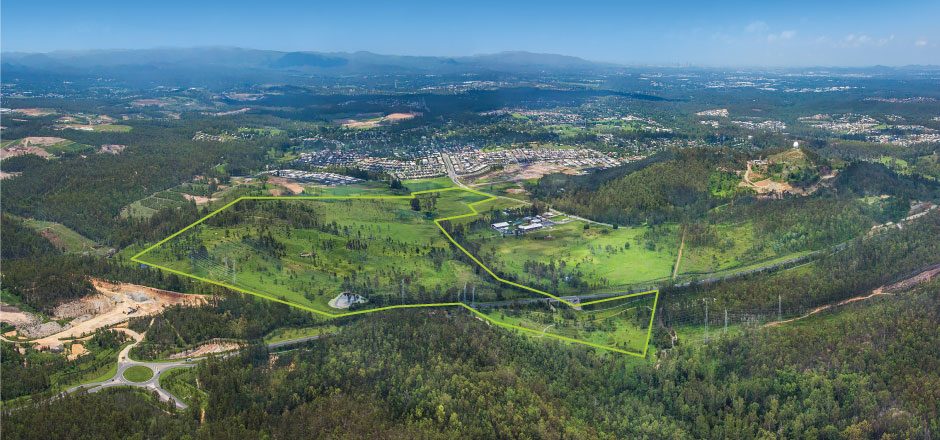This article is from the Australian Property Journal archive
CHINESE cities have accounted for four of the top five of mainstream city housing markets for growth in Knight Frank’s latest Global Residential Cities Index, as attention worldwide turns towards the post-Brexit fallout.
The Index, based on official house price data by either National Statistic Offices or Central Banks, for 150 cities increased by 4.5% in the year to March 2016.
House prices rose in that time in 74% of cities, with the gap between strongest and weakest expanding from 55 percentage points to 74.
Locally, Melbourne and Sydney returned Australia’s strongest growth numbers, at 9.8% and 9.7% respectively. Canberra recorded 4.9% growth, Hobart and Brisbane just above 4%, and Adelaide 3.1%, whilst Perth and Darwin experienced negative growth of 4.5% and 4.9% respectively.
Technology hub Shenzhen, near Hong Kong, clearly topped the results with 63% annual price growth in the year to March 2016, up from 48% the previous quarter.
The Chinese government’s implementation of higher down payments for first and second homes and long residency requirements for non-locals looking to make purchasers are set to temper growth for Shenzhen and Shanghai, which came in at second. Nanjing and Beijing were at fourth and fifth, with Istanbul coming in third.
Knight Frank international residential researcher Kate Everett-Allen said all eyes will now be on the UK’s decision to leave the EU and the impact it has on property markets, not just in the UK but globally.
“Future domestic demand will be linked to the direction of interest rates, changes to mortgage rules and employment growth, whilst currency shifts will the key determinant of cross-border investment,” she added.
Scandinavia has emerged as a key growth region, with Stockholm, Gothenburg, Malmo, Oslo and Copenhagen all returning strong growth figures of between 9% and 17.4%.
Vancouver was North America’s top performer, with 17.3% growth.
Emerging markets Rio de Janeiro, Sao Paulo and Bogota have now recorded price growth of 236%, 190% and 99% respectively since 2008.
Australian Property Journal




